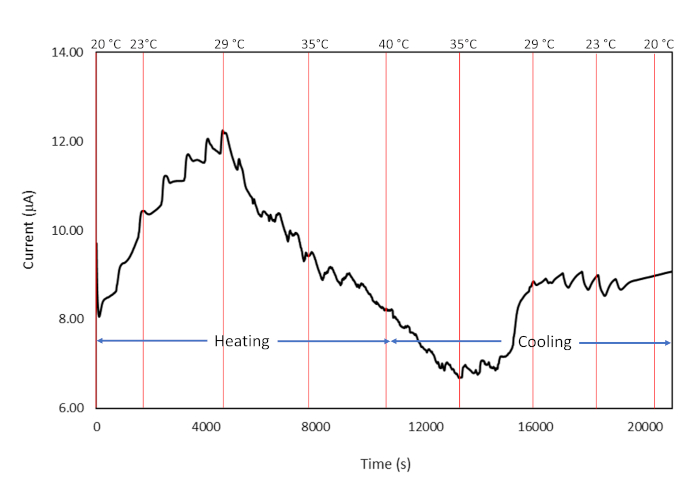


elimination of dust from a solution is considered by many to be a black art.” (50) While certain special cases can be treated, (51,52) e.g., a nonzero baseline of the correlation function, it is impossible to give a universal recipe that guarantees a solution to the problem of corrupted correlation functions. Also, given that each sample requires a different procedure, a different time range, the “. In such cases, the correlation function displays multiple decays, and by inspecting solely the correlation function, one cannot discriminate between intensity fluctuations from, e.g., dust and those from larger but otherwise regular NPs. (43−49) All these approaches address the intensity auto correlation function, while it is well-known that the analysis of the correlation function is an ill-posed inverse problem, which becomes unreliable as soon as there is dust in the sample. (10,37−42) These include Bayesian analysis, maximum entropy, and neural network models. (29) To analyze the correlation function, the method of cumulants (30−34) and CONTIN (35,36) are the most cited approaches, although many alternatives and improvements have been proposed. Therefore, DLS analysis through photon correlation spectroscopy (PCS) and autocorrelation functions have been in the focus for a long time. The simplest attempt in minimizing these deleterious outcomes is observing scattering in backward direction (near 180°), but this unfortunately limits the length-scale observed. Despite the fact that DLS is a mature technique, this is still a major problem that critically limits the reproducibility and accuracy of the measurements, especially at lower scattering angles, because it artificially increases the apparent size and broadens the apparent size distribution. (28) While the “number-averaged” presence of dust is usually negligible, e.g., they seldom appear on TEM micrographs, their unwanted “intensity-weighted” contribution to the scattering intensity in the form of unpredictable and anomalous fluctuations is significant enough to severely bias the results of the analysis. Yet, there are situations where purification is neither applicable nor provides any desirable outcome. The importance of sample purification, such as filtering, distillation, or centrifugation, cannot be stressed enough. In light scattering, dust is a generic term that refers to any foreign matter and impurities found in the sample, such as large particles, aggregates/agglomerates, traces, and remnants of the synthesis. (22−24)Īlthough current DLS apparatus have high-quality parts and the underlying theory itself grants accurate and precise results, (25−27) the quality of the experimental results, that is, the accuracy and precision of determining particle size, is dictated by the purity of the samples and by the capacity of the algorithms regarding information collection, processing, and analysis to work with, in particular, dusty samples. (20,21) Nonetheless, the gravity of this issue is illustrated well by the fact that national testing and metrology laboratories were unable to provide consistent DLS results on standard reference NPs dedicated to “ evaluate and qualify methodology and/or instrument performance related to the physical/dimensional characterization of nanoscale particles used in preclinical biomedical research” issued by NIST (National Institute of Standards and Technology). (14−17) Whether this is partially responsible for questionable reproducibility and for the setback in translating NPs into clinical applications (18,19) is under debate. This is despite the efforts of emphasizing the importance of respecting the fundamental concepts again and again (11−13) and proposing standardized procedures. (2−6) Dynamic light scattering (DLS) is one of the techniques found in any laboratory interested in measuring the size of NPs, (7−10) and yet, the nuances of the theory, the experimental procedure, and data analysis are frequently loosely interpreted. Their fundamental focus is on understanding and either exploiting or suppressing harmful interactions at the nano–bio interface. The interest in nanoparticles (NPs) and colloidal phenomena stretches well beyond the classical realm of soft matter physics and physical chemistry, (1) and by now, interdisciplinary topics, such as nanomedicine and nanotoxicology, have become key research areas.


 0 kommentar(er)
0 kommentar(er)
